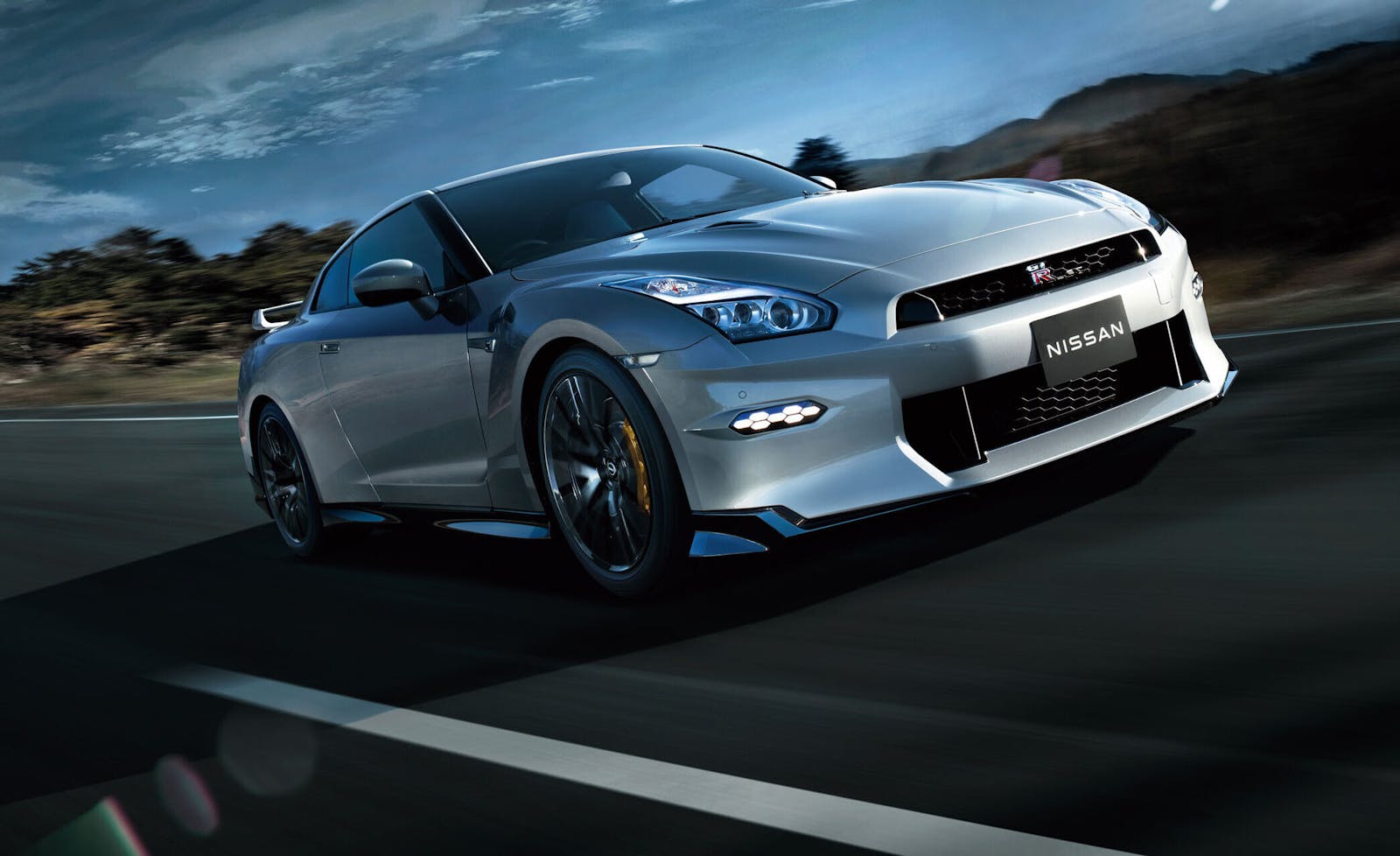Media | Articles
Pagani discusses his company’s future: Electrification, and maybe an SUV
In a wide-ranging interview with Autocar, Horacio Pagani, the maker of some of the most extreme hypercars of the past three decades, previewed his company’s product plans. While Pagani will continue to make V-12-powered sports cars for the foreseeable future, at least until 2026. Pagani will embrace electrification and possibly make an SUV. He might even keep the Huayra, now in its last iteration as the BC Roadster, in production for a little bit longer.
Pagani is already well along in the development of the Huayra’s replacement, code-named C10, which is scheduled to go on sale in 2022 and will be conventionally powered.
“This next model will have a similar philosophy. It will have a traditional combustion engine, a new-generation Mercedes-AMG V-12 twin-turbo,” Pagani told Autocar. “We have a very close relationship with Mercedes already and this new V-12 engine will be homologated until 2026.”
20190827183058)
Regarding the Huayra BC Roadster, Pagani said, “It is scheduled to be the last production [Huayra] model. But I am also listening to some private collectors who are asking maybe for a one-off or a limited edition, which will probably extend the lifespan a little more.”
Marketplace
Buy and sell classics with confidence
It wouldn’t be the first time a Pagani model has hung around. Demand from buyers kept the first Pagani hypercar, the Zonda, available for years after it was theoretically discontinued.
Tiny even in relation to other supercar makers, Pagani only builds about 40 cars a year. Compare that to McLaren’s annual capacity of 4000 units and Ferrari’s production of about 7000 cars a year and you get an idea of just how exclusive owning a Pagani can be.
Some of those 40 cars will eventually be powered by electricity. Simultaneous with the development of the C10, Pagani is working on an all-electric car based on a modified version of the C10’s architecture. Now that the company’s customer base has expanded beyond aging European exotic car collectors to include younger buyers in North America and Asia, Horacio Pagani says that offering a BEV option is important. That seems to be a slight change in perspective for Pagani, who said just a few months ago at the Geneva auto show, “None of our customers or dealers want to know about an electric car. They don’t want to know anything about it. They’re not interested. It’s a huge challenge for us, because no-one is asking for it.”
Proposed regulations that would ban combustion powered cars from operating in many European cities are also likely a factor in developing a Pagani EV.
20190827183109)
Since this is the age of the SUV, Pagani said that, long term, he might have to accommodate those buyers as well, but they had better be well heeled, as a Pagani SUV won’t come cheaply.
Pagani said, “If I had to come up with a Pagani SUV, it would need to have a price tag of €3 million or above to be in line with our current strategy. We don’t know if there is any market for such a product, but there could not be any compromise. If there is a Pagani badge on a vehicle, it must be the highest quality. But it is something that has been discussed a number of times with collectors.”
Because of Pagani’s business relationship with Daimler, he suggested that a future Pagani SUV might be based on the platform for Mercedes-Benz’s GLS 550.
We entirely approve of Pagani’s commitment to glorious variations on the V-12 theme. What electrification would look like for an automaker this exclusive will certainly be fascinating—let alone an SUV with a price tag that would compete with most houses.
20190827183044)









